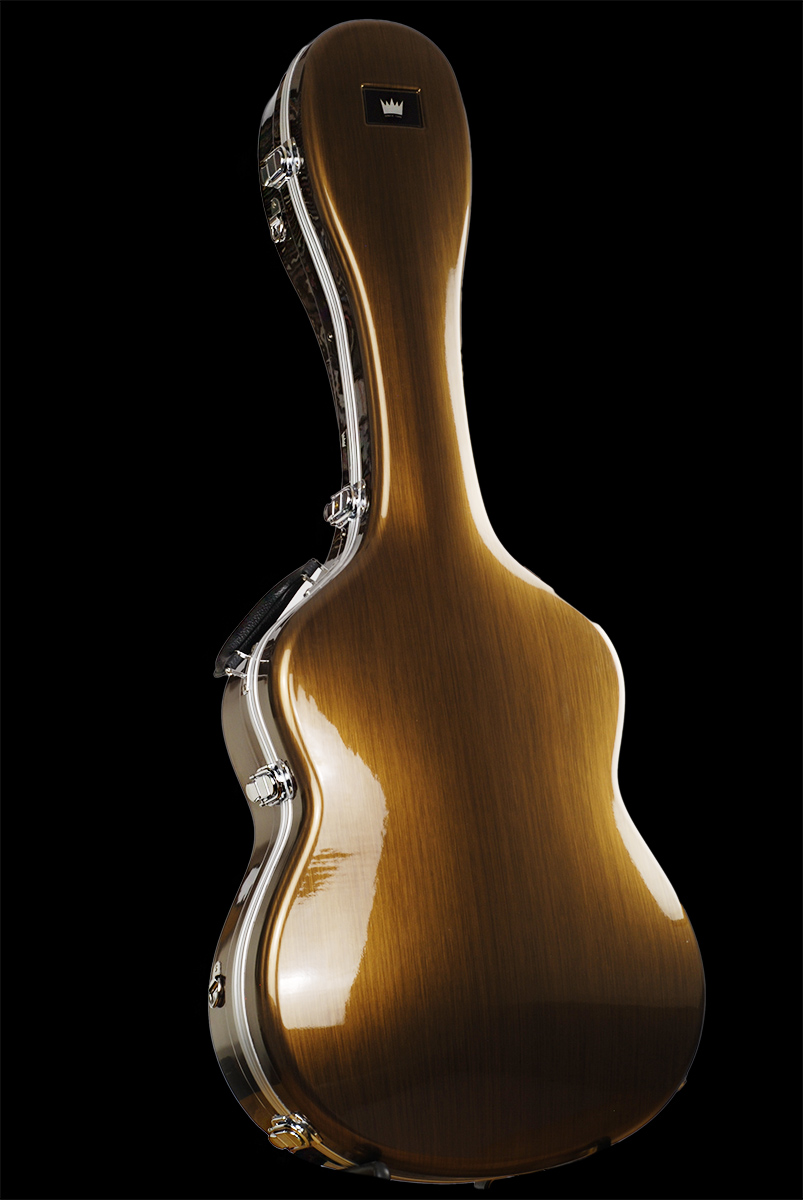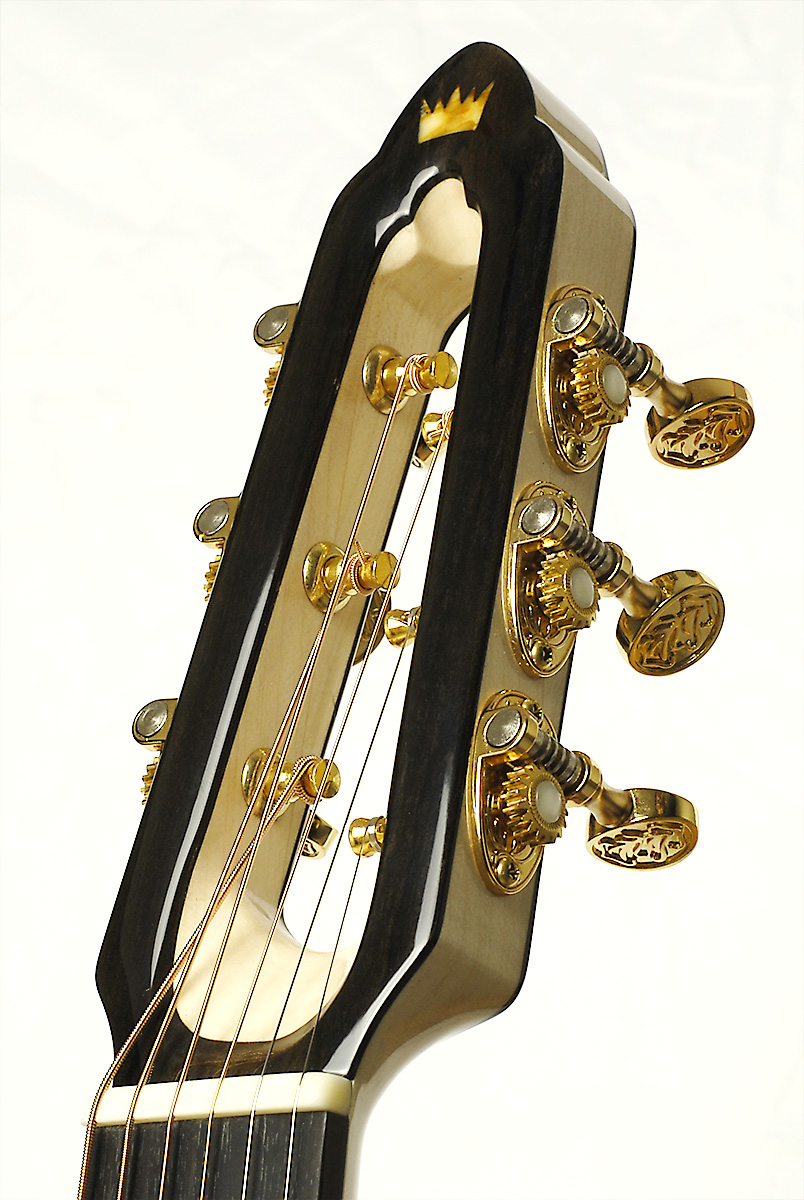Guitar care and maintenance guide
take care!
A classical guitar requires a stable environment with consistent temperature and humidity levels year-round. Ideally, humidity should be maintained between 45% and 55%, while temperatures should range from 18 to 28 degrees Celsius. Avoiding sudden fluctuations in both humidity and temperature is crucial.
Exposing the guitar to humidity levels below 40% for extended periods or subjecting it to rapid changes in humidity can lead to cracks or open seams. A dry instrument will produce a deteriorated, thin, and rough sound, while excessive humidity can result in a muffled and lifeless tone.
For optimal guitar care, it is strongly recommended to use automatic room humidifiers or dryers to regulate humidity levels. These devices can maintain programmed humidity levels, which are also conducive to human health. However, it’s essential to recognize that humidifiers placed inside the guitar case should only serve as temporary or backup solutions, regardless of any marketing claims.
To prevent abrupt environmental changes, never place the instrument near heat sources, cold drafts, or moisture sources, such as heaters (including floor heating), stoves, air conditioners, car trunks, car interiors, bodies of water, grass, or showers.
Additionally, be cautious with air conditioning systems, as they can rapidly reduce room humidity to unsafe levels. Using an automatic humidifier alongside air conditioning is highly recommended.
The best place to store your guitar when not in use is a good-quality hard case (if you are having a humidity issues consider guitar case with an airtight seal.
When exposed to the air, a classical guitar can accumulate or lose moisture very quickly. For this reason, do not store the guitar on a stand or hang it on the wall. A good hard case also provides excellent protection against accidental damage by children or pets.
If you intend to transport your precious guitar in a car with the heating or air conditioning on, a good humidifier should be in the case. Please note that in-case humidifiers are only a temporary aid, not a safe solution and cannot replace room humidifiers.
Place the case in an airtight cover (a large garbage bag also works but soft, foam cello gig bag, ¾ in size, is another great idea) for extra protection against changes in temperature and humidity in hot and cold season alike. NEVER leave the guitar in the trunk of a car or in the passenger compartment in direct sunlight, in hot or cold weather.


First wash your hands before playing to save guitar the extra dirt. Wipe the guitar with a microfiber cloth every time you finish your daily practice to clean it of sweat. Even a dry, good quality cloth is fine, but use a good professional cleaner if necessary. Take special care to keep the cloth clean.
Classical guitar strings should be replaced every three months (ok, every six months the latest) to give guitar sound what it was designed for. If you play every day (what you should!) it is advised to restring your guitar every month. Wiping the strings with a string cleaner (in a form of wet tissues) after each play session helps to keep the good sound as our fingers can leave surprising amount of dirt and oil mudding the sound. Bass strings needs more frequent replacement than therbes as they cummulate most of the dirt. There are guitar sets with double amount of bass strings which is a nice and practical feature.
Tuning machines should be lubricated at least once a year with high-quality grease or petroleum jelly (like Tuning Machines Precise Oil). The tuning mechanism of the 6th string should be lubricated more frequently due to the increased use of this element (suggested: every 3 months).
Most guitar tuning machines are open type so there is an easy access to its gears. Just apply a small amount of a lubricant to your guitar tuning machine’s gears – you can use a toothpick – and rotate it a couple of times. Do not use rust removers in spray as it can cause problems with the wood if it seeps to it. Rust removers in spray can be only used when the tuning machines are removed from the guitar.
The good news is the tuning machines can be replaced if needed. Such a need often happens in the case of bending the thumbscrews by accidently hit or prolonged rattling in a loose guitar case. We recommend warping the headstock of the guitar with some bubble foil for shipment or more serious transportation. Exchange of the tuning machines is very easy – if you have a standard tuning machines installed already. Nowadays the standard tuners size (the distance between the centers of the bolts) is 35mm. So, all you need is to buy a new set and replace it using a simple screwdriver. If you have an older guitar, you can have different size of tuning machines (usually 40mm or 32mm) – as at present only machines in 35mm size are available the replacement in such a case will require a visit to your trusted luthier.
The guitar’s fingerboard should be cleaned with each strings change. Use a good fingerboard conditioner for this, which will clean and moisturize it, avoiding loosening frets and cracks. Remove excess conditioner with a second clean cloth.
The easiest way to do this is to remove all the strings first, but many guitar manufacturers advise you to avoid loosening the neck tension (which usually does not have a truss rod) and to clean the fingerboard “strap by strap” when only one sting is missing at a time.
As the time pases regardles of all our guitar care there might be a need for stronger “restoration”. To restore a full glow of your guitar finish or even remove / decrease lighter scratches you can polish your guitar with appropriate agent (guitar polish).
Before you start doing it double-check if the surface of the guitar and the cloth you are going to use are perfectly clean and free of any dust which may scratch the surface. Put some of the agent on the cloth and wipe your guitar with circular movements.
If you want to remove some scratches you can use some good and gentle polishing agent like Finixa One Step.
Warning: never polish a french polish finish (shellack) and clean it with the utmost care.